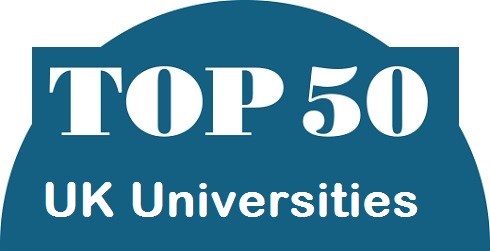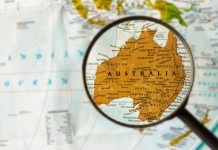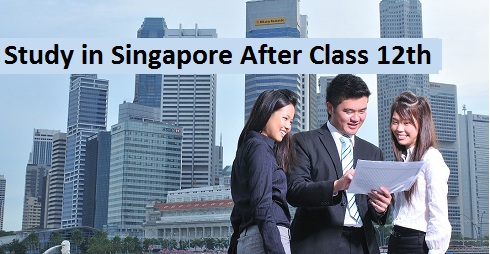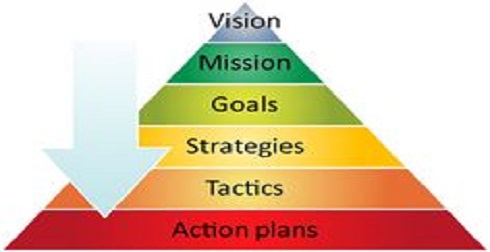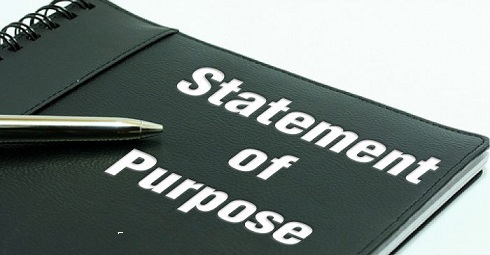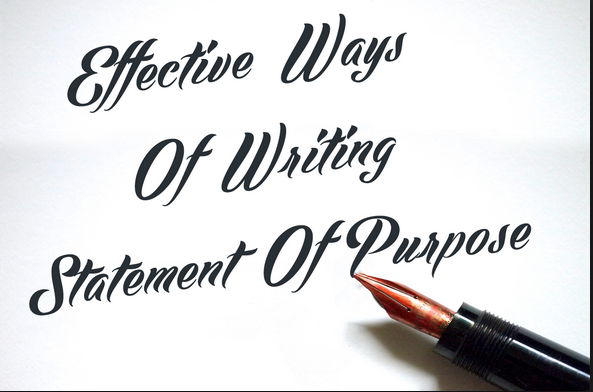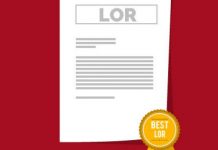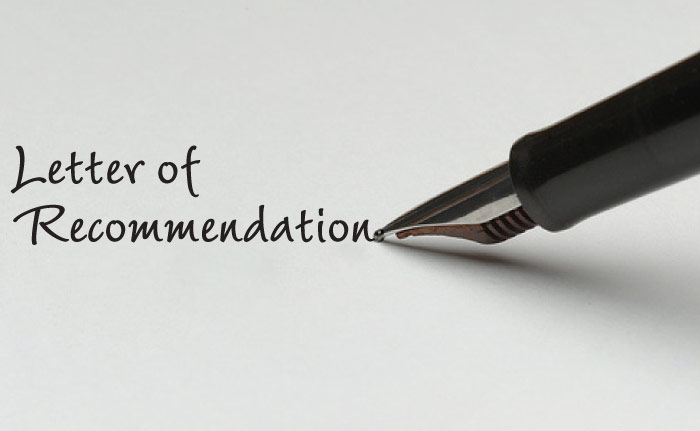Australia, as a country, boasts of a well-organised and a well-structured education system. The education of Australia for children begins at the age of five or six years although it may only slightly differ across Australian states. At first, children enter preschool education. This is not compulsory and can be offered within a school or separately by a private service provider. Beyond that, primary and secondary school is compulsory for all children living in Australia. The country has a large number of primary and high schools which are practically free. Australians prefer to send their children to public schools as they are cheaper in comparison to private schools and there is no compromise on quality. According to surveys, 60% of the population studies at public schools amount whereas 40% go to private ones. Nevertheless, all education providers must be licensed by the government. Further, the providers must also fulfill certain requirements for infrastructure and teaching.
The education system of Australia has established a standard curriculum so that all pupils receive the same quality of education. There could be subtle differences between states as far as the curriculum is concerned but these don’t deviate much from the national standard. The Australian curriculum revolves around important domains such as literacy, numeracy, information and communication technology, critical and creative thinking, personal and social capability, ethical and intercultural understanding.
Australian Education System
As mentioned above, primary and secondary schooling is essential (6 to 16 years of age). Total school education is 13 years in total and divided into the following:
- Primary school – Children aged 7 or 8 years, start with Kindergarten through to school years 6 or 7.
- Secondary school – Runs for children who are three or four years old, from school years 7 to 10 or 8 to 10.
- Senior secondary school – Spans2 years while studying school years – 11 and 12.
Tertiary Education
Tertiary education includes both higher education (including universities) and vocational education/training (VET). Vocational and Technical schools, in the latter category, prepare students who would like to skip the university and want to gravitate directly to the job world. That is why Australian vocational and technical schools focus on teaching practical skills whereas university courses are basically theory driven. A number of schools in Australia provide technical and further education (TAFE) and vocational education and training (VET). These types of schools offer short courses, certificates, diplomas and advanced diplomas.
Certificate Courses: These are usually six months to two years long. They are targeted at providing foundation skills in industrial issues, communication, literacy and numeracy.
Diploma: It takes one to two years to complete a diploma course which is focused on preparing students to work in enterprises, industries and so on.
Advanced Diplomas: The courses take up approximately 1.5 to 2 years of full-time study. Students are taught practical skills that prove useful for future work agendas like as engineering, accounting etc.
Vocational certificates and diplomas: These kinds of certificates take around six months to a year of full-time study for completion. Doing a diploma takes up 2 years of full-time study.
English language courses: English skills are important in order to excel in all spheres of job market that is why vocational schools offer a range of courses in English language.
Universities and Higher Education (Education System of Australian University)
Presently, there are about a 100 universities across the Australian continent. The majority of Aussie universities are public. Australian Universities also have branches overseas. Teaching level is A class despite of the location. Few of the Australian universities appear among the top 100 best universities in the world. What can be better news than this?
Besides the universities, there are more than 5,000 registered training organisations. Data shows that there are approximately hundreds of enrolled students in these institutions with international students contributing a significant share. It does not end here, there are dozens of smaller schools which do not grant degrees or have an accreditation. These schools are run by private bodies and good in study of theology, business, information technology, natural therapies, hospitality, health, law, and accounting.
Medium of Instruction
English is the official language of the country and therefore the main language of instruction throughout the education system of Australia. One may expect to find few schools that offer programs in other languages.
Cost of Education in Australia
University fee in Australia varies for International (Indian) and Domestic students. However, on an average the breakup appears below:
Secondary Education: $7800 to $30,000 per annum (approx.)
English Language Courses: Approximately $300 per week, depending upon the duration
Vocational Education: $4000 to $22,000 (approx.)
Foundation courses: $15,000 to $32,000 (approx.)
Bachelor’s Degree: $15,000 to $33,000 (approx.)
Master’s Degree: $20,000 to $37,000 (approx.)
Doctoral Degree: $14,000 to $37,000 (approx.)
Australian Qualifications Framework
The education system of Australia is characterised by the Australian Qualifications Framework (AQF). The AQF is a national policy on tertiary qualifications which was established in 1995. The framework also takes care of school-leaving certificates and the senior secondary certificate of education. Pupils studying an AQF qualification could rest assured about the government recognition and national accreditation of their respective programs. In a nutshell, they don’t have to worry about the quality of their training.
by the Australian Qualifications Framework (AQF). The AQF is a national policy on tertiary qualifications which was established in 1995. The framework also takes care of school-leaving certificates and the senior secondary certificate of education. Pupils studying an AQF qualification could rest assured about the government recognition and national accreditation of their respective programs. In a nutshell, they don’t have to worry about the quality of their training.
For those who are going to apply as international students, please check for an institution or a University that is registered on the CRICOS (Commonwealth Register of Institutions and Courses for Overseas Students). CIRCOS is a registration of Australian education institutions that is managed by the Australian Department of Education. An accredited University will surely improve the chances of obtaining a student visa.
Rankings
Round about 33 Australian educational institutions appear on the QS World University Rankings (data from 2016). Many also appear on the Times Higher Education World University Rankings, China’s Academic Ranking of World Universities ranking, U.S. News & World Report’s Best Global Universities Rankings. The most coveted, Programme for International Student Assessment (PISA), ranked the Australian education system highly for reading, science and for mathematics. This means that students graduating from the education system of Australia can expect to secure high positions and earn competitive salaries.
The University of Melbourne and the Australian National University (ANU) are two of the most well-known and well-respected universities in the world. If one is considering pursuing higher education, whether vocational or academic, in Australia then one is in good hands. Rest assured that you will get a world-class education at a fair or competitive price.



